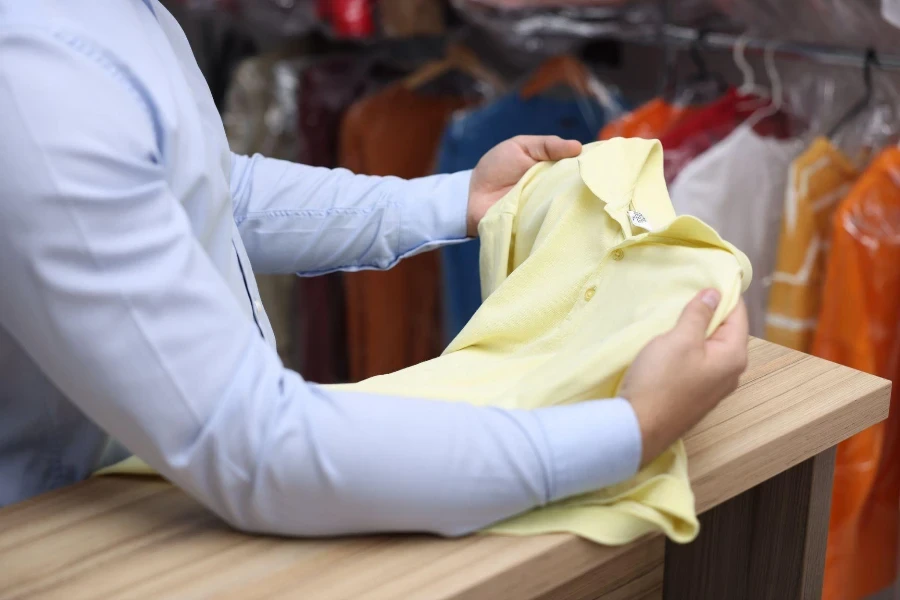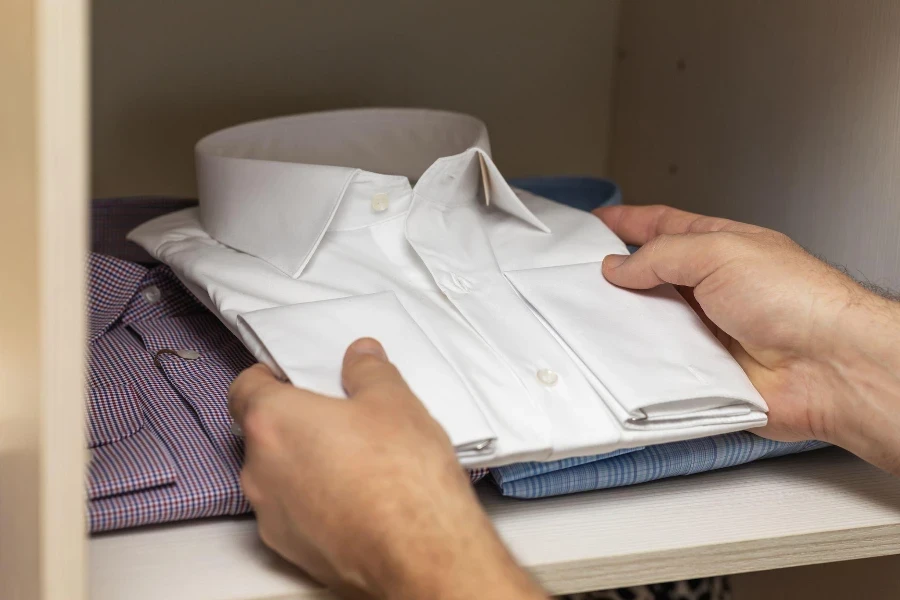When it comes to workwear, the importance of choosing the right work shirts cannot be overstated. These garments not only represent the front line of your professional appearance but also play a crucial role in your comfort and safety throughout the workday. This article delves into the five key aspects users care most about when selecting work shirts: material quality, fit and comfort, durability and maintenance, safety features, and style and professionalism. By understanding these elements, you can make choices that enhance your work experience.
Table of Contents:
– Material quality: the foundation of any work shirt
– Fit and comfort: ensuring a productive workday
– Durability and maintenance: long-term considerations
– Safety features: more than just fabric
– Style and professionalism: reflecting your work ethic
Material quality: the foundation of any work shirt

The material of a work shirt affects not just its feel and durability, but also how well it can protect you in various work environments. Materials range from cotton, known for its breathability and comfort, to synthetic blends that offer moisture-wicking properties and stretch. The choice of material should reflect the demands of your job, considering factors like temperature, exposure to elements, and the need for flexibility.
In recent years, advancements in fabric technology have introduced materials that resist staining and fading, extending the life of the garment. Furthermore, eco-friendly materials are becoming more prevalent, catering to a growing demand for sustainable workwear options. These innovations highlight the importance of material choice in the functionality and longevity of work shirts.
Fit and comfort: ensuring a productive workday

A work shirt should fit well without restricting movement, as comfort directly impacts productivity and morale. An ill-fitting shirt can cause discomfort, distraction, and even pose safety risks in certain work environments. Therefore, understanding sizing and cut options is essential.
Modern work shirts come in fits ranging from traditional to slim, accommodating various body types. Additionally, features like gusseted underarms and back pleats enhance mobility, crucial for jobs requiring a wide range of motion. The right fit ensures that the shirt performs well in action, supporting rather than hindering your work.
Durability and maintenance: long-term considerations

The durability of work shirts is a key factor in their selection, as workwear is subject to more wear and tear than casual clothing. Fabrics that withstand frequent washing, resist wear from equipment or tools, and retain their color and shape over time offer better long-term value.
Maintenance is equally important; work shirts that are easy to care for save time and energy. Features like wrinkle resistance and easy-stain release not only keep the shirts looking professional but also extend their usable life by reducing the damage caused by harsh cleaning agents or frequent ironing.
Safety features: more than just fabric

For many professions, work shirts serve as a first line of defense against workplace hazards. High-visibility colors and reflective tapes are critical for ensuring worker visibility in low-light conditions or on busy sites. Fire-resistant materials protect against sparks and flames in industries like welding and electrical work.
Incorporating these safety features without compromising comfort or durability requires innovative fabric technology and design. As such, selecting work shirts with the appropriate safety features is a vital consideration for many workers, directly impacting their well-being on the job.
Style and professionalism: reflecting your work ethic

Finally, the style of a work shirt conveys professionalism and can reinforce a company’s brand identity. While functionality is paramount, the aesthetic appeal of work shirts should not be overlooked. A well-designed work shirt can boost confidence and promote a positive work environment.
Choosing work shirts that align with company colors, logos, and overall aesthetic contributes to a cohesive and professional appearance. Additionally, options like customizable embroidery allow for personalization and branding, further enhancing the professional image of both the individual and the organization.
Conclusion:
Selecting the right work shirts involves balancing multiple factors, including material quality, fit and comfort, durability, safety features, and style. By considering these aspects, you can choose workwear that not only meets the demands of your job but also supports your well-being and professional image. Remember, the right work shirt is more than just apparel; it’s a tool that contributes to your success and safety at work.




